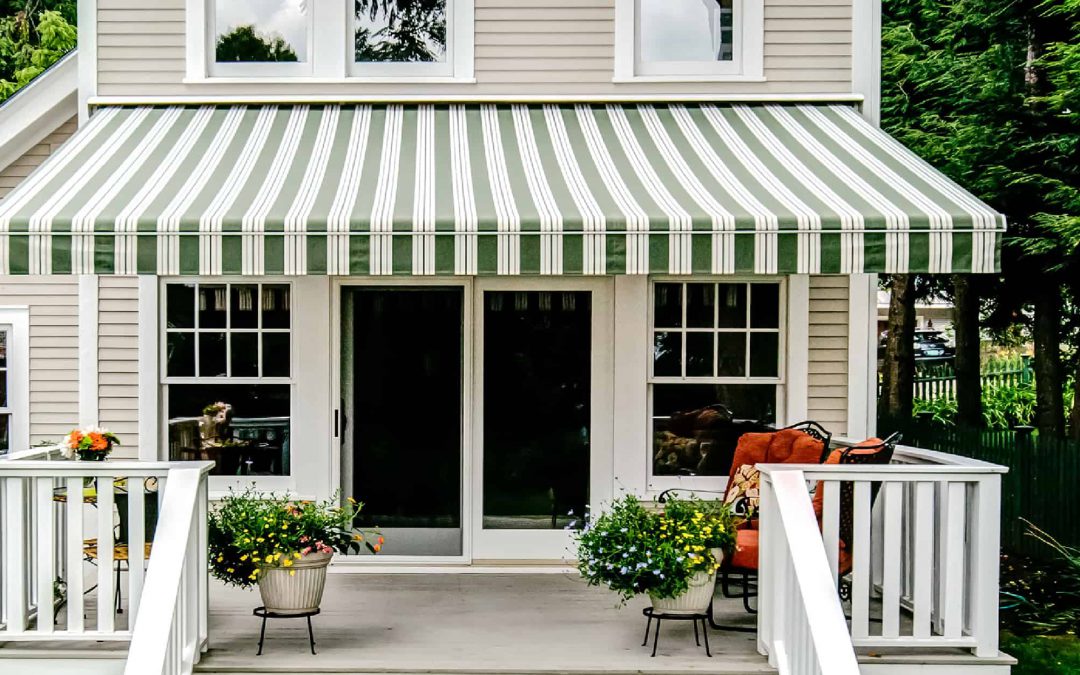The thermal performance requirements for net-zero energy windows are high, and vacuum insulated glazing is a novel technology developed to meet those demands. Insulation and thermal efficiency are both improved by creating a vacuum between two panes of glass, as no gas can enter. For windows glass restoration it works fine.
The U-value of a building may be reduced to as low as 0.33 Wm-2K-1 by installing a smart triple vacuum glazing, which reduces the U-value by 88.21% when compared to triple-air filled glass.

There is still potential to minimize the amount of energy wasted during the heating of interior areas, despite the many insulation technologies and improved heating systems that have been put into existing housing stock. The smart triple vacuum glazing exhibited here has a vital role to play in providing energy efficiency while also fulfilling customer expectations. You should know about the historical glass restoration also.

Do You Know What Triple Vacuum Glazing Is?
It is possible to reduce the environmental effect of windows while still meeting the demanding thermal performance requirements of net-zero energy windows using a new technology known as vacuum glass, or vacuum insulated vacuum glazing. Insulation and heat efficiency are maximized by creating a vacuum between two panes of glass that are securely held together.
- When the warm and cold sides of a window are separated by a triple vacuum glazing, less heat is lost through the window, lowering its overall U value. Three sheets of four mm thick glass are sandwiched together by stainless-steel support pillars that are 0.13 mm high and 0.33 mm in diameter to form this “smart” window. The hollow within has an evacuated pressure (Pa) of less than 0.1 Pa. A hermetic glass-alloy seal protects the edges from the outside environment.
- As its U value is just 0.33 Wm-2K-1, TVIG may be retrofitted into existing buildings. When compared to triple air-filled glass, which has a U value of 2.8 Wm-2K-1, its U value would be decreased by 88.21%, resulting in a U value drop of 88.21%. Having a lower U-value than cavity wall insulation, it would also allow for an increase in window-to-wall area ratios, resulting in more daylight.
- There is a considerable reduction in heating load when using triple vacuum glazing over typical glass varieties. According to a research, it has also been shown to have certain advantages over other forms of glass when it comes to solar benefits. The annual cost of space heating in a single-glazed house was lowered by 15.31 percent (or around USD 90.7) when triple-vacuum glazing were installed. Triple vacuum glazing decreased total heat loss by 10.23 percent when compared to single vacuum glazing in a solid-wall dwelling, according to a steady-state analysis.

There are both advantages and disadvantages to using vacuum-inseparable glazing
The likelihood of certain gas molecules remaining in the cavity to react when exposed to sunlight and/or harsh climatic conditions over prolonged periods of time is a key cause of worry. The vacuum layer declines, lowering the U value, and this is caused by the buildup of carbon monoxide within the cavity. For vacuum glass windows it works fine.

Conclusion
Because of the constant exposure to sunlight, triple vacuum glazing must be developed to withstand a wide range of climates and temperatures in order to maintain its vacuum quality. As a result, future study will examine and enhance the usage of non-evaporable getters that collect gases outgassed from internal glass surfaces in cavity and stabilise vacuum pressures of TVIG, as well as cost-effective edge sealing materials.



